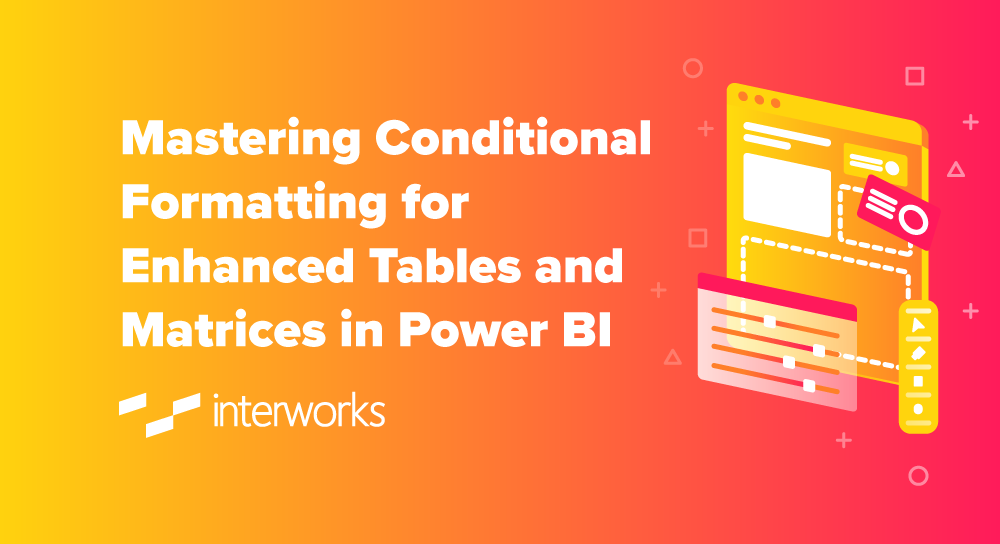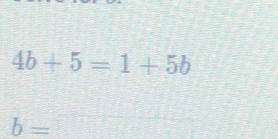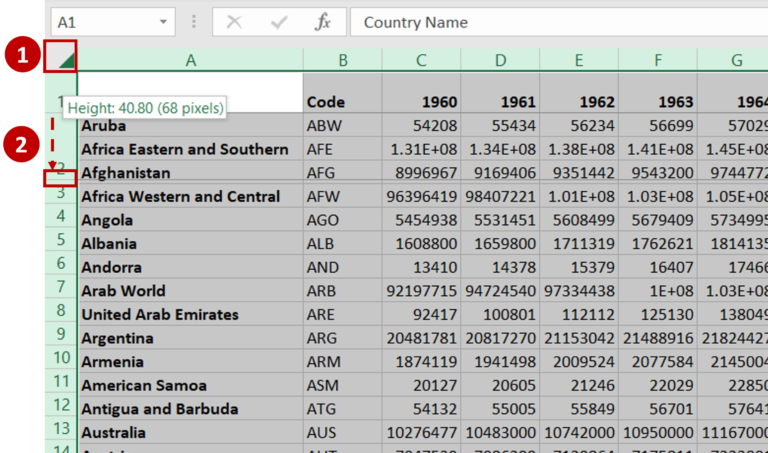Mastering the Art of Conditional Formatting

Conditional formatting is a powerful tool in the world of data visualization and analysis, offering a dynamic and interactive way to present information. This technique allows users to apply specific formatting rules to their data, ensuring that important trends, patterns, or anomalies are highlighted and easily discernible. Whether it's for financial analysis, performance tracking, or any other data-driven task, conditional formatting can significantly enhance the clarity and impact of your data presentation.
Understanding Conditional Formatting: A Powerful Data Visualization Technique

At its core, conditional formatting is a feature in various data management and visualization tools, such as Microsoft Excel, Google Sheets, and data analysis software. It allows users to apply formatting rules to cells or data ranges based on specified conditions. These conditions can be simple or complex, and they help in emphasizing specific data points or ranges that meet the defined criteria.
For instance, imagine you're analyzing sales data for a retail store. You could use conditional formatting to highlight cells with sales figures above a certain threshold, allowing you to quickly identify top-performing products or sales periods. This visual cue not only makes data interpretation faster but also aids in decision-making processes.
Furthermore, conditional formatting can be applied to various types of data, including numerical, text-based, or date-related information. This versatility makes it a valuable tool for professionals across diverse industries, from finance and marketing to healthcare and research.
The Benefits of Conditional Formatting
The advantages of conditional formatting are twofold: it enhances data presentation and facilitates a deeper understanding of the information at hand.
- Improved Data Presentation: Conditional formatting transforms static data into dynamic, visually appealing displays. It adds a layer of interactivity to your spreadsheets or data visualizations, making them more engaging and easier to comprehend. By applying specific formatting rules, you can guide the viewer's attention towards the most relevant or significant data points.
- Enhanced Data Understanding: Beyond aesthetics, conditional formatting plays a crucial role in data interpretation. By highlighting key data patterns, trends, or anomalies, it aids in the identification of critical insights. For example, in a large dataset, conditional formatting can quickly draw attention to outliers or areas requiring further investigation. This level of data analysis is invaluable for making informed decisions and strategies.
Exploring the Practical Applications of Conditional Formatting

Conditional formatting finds application in a myriad of scenarios, making it a versatile tool for data professionals.
Financial Analysis
In the realm of finance, conditional formatting is invaluable for analyzing budgets, financial statements, or investment performance. For instance, you could use it to highlight cells with negative values in a budget spreadsheet, instantly identifying areas of overspending. Similarly, in investment analysis, conditional formatting can color-code stocks based on their performance, making it easier to track winners and losers.
| Stock | Performance (%) | Conditional Formatting |
|---|---|---|
| Apple Inc. | 12.45 | Green (Positive Performance) |
| Microsoft Corp. | -3.21 | Red (Negative Performance) |
| Amazon.com Inc. | 7.89 | Green (Positive Performance) |

Performance Tracking
Whether it's tracking sales performance, website analytics, or student grades, conditional formatting provides a simple yet effective way to visualize progress and identify areas for improvement. For example, in a sales report, you could use conditional formatting to shade cells based on whether the sales target has been met, exceeded, or fallen short.
| Salesperson | Sales Target | Actual Sales | Conditional Formatting |
|---|---|---|---|
| Alice | $50,000 | $60,000 | Green (Target Exceeded) |
| Bob | $40,000 | $35,000 | Red (Target Not Met) |
| Carol | $55,000 | $57,500 | Green (Target Met) |
Data Quality Assurance
Conditional formatting is an effective tool for data quality checks. It can help identify missing data, inconsistencies, or outliers that may require further investigation. For example, you could set a rule to highlight cells with dates older than a certain threshold, ensuring that timely data is entered.
Advanced Techniques in Conditional Formatting
While the basics of conditional formatting are straightforward, advanced techniques offer more sophisticated data visualization and analysis.
Using Formulas in Conditional Formatting
Conditional formatting isn't limited to simple conditions like "is greater than" or "is equal to." You can use formulas to define more complex conditions. For instance, you could use the AVERAGE function to compare a cell's value to the average of a data range. This allows for more nuanced data analysis and presentation.
Applying Multiple Conditions
You can apply multiple conditions to a single cell or data range, allowing for more specific and detailed formatting. For example, you could format a cell to be green if it's greater than 100, yellow if it's between 50 and 100, and red if it's less than 50.
Data Bars, Color Scales, and Icon Sets
Beyond simple color formatting, Excel and other tools offer advanced conditional formatting options like data bars, color scales, and icon sets. These visual cues provide a quick and intuitive way to understand data distribution or compare values. For example, data bars can visually represent the magnitude of a value relative to others in the data range.
Best Practices and Tips for Effective Conditional Formatting
To ensure your conditional formatting is effective and doesn't distract from the data, consider these best practices and tips.
- Keep it Simple: While conditional formatting can be powerful, too much of it can clutter your spreadsheet and make it harder to interpret. Use it sparingly and only when it adds value to your data presentation.
- Choose Appropriate Colors: Select colors that are easily distinguishable and don't clash with each other. Also, consider the context and the audience. For example, red often signifies negative values, so using it for positive values might cause confusion.
- Use Conditional Formatting as a Tool: Remember that conditional formatting is a tool to enhance your data, not obscure it. Ensure that the data itself remains clear and readable, and that the formatting supports and highlights the key insights.
- Regularly Review and Update: As your data changes, your conditional formatting rules might need to be adjusted. Regularly review and update your rules to ensure they continue to provide accurate and meaningful visualizations.
Frequently Asked Questions

Can conditional formatting be used in Google Sheets as well as Excel?
+
Yes, both Google Sheets and Excel offer conditional formatting capabilities. While the interface and some features might differ slightly, the core functionality is similar. This allows users to apply formatting rules based on specific conditions to enhance data visualization and analysis in both platforms.
Is it possible to have conditional formatting based on text values?
+
Absolutely! Conditional formatting can be applied to text-based data as well. For example, you can format cells containing specific text strings or those that start or end with certain characters. This is particularly useful for categorizing or highlighting important text information in your spreadsheet.
How can I clear conditional formatting rules from my spreadsheet?
+
To clear conditional formatting rules, select the cells or range of cells with the formatting and navigate to the conditional formatting options. From there, you can either edit or delete the existing rules. Alternatively, you can use the ‘Clear Rules’ feature, which removes all conditional formatting from the selected cells.
Are there any limitations to the number of conditional formatting rules I can apply to a spreadsheet?
+
While there isn’t a strict limit, applying an excessive number of conditional formatting rules can impact spreadsheet performance and readability. It’s recommended to use conditional formatting judiciously, ensuring it adds value to your data presentation without overcomplicating it.



